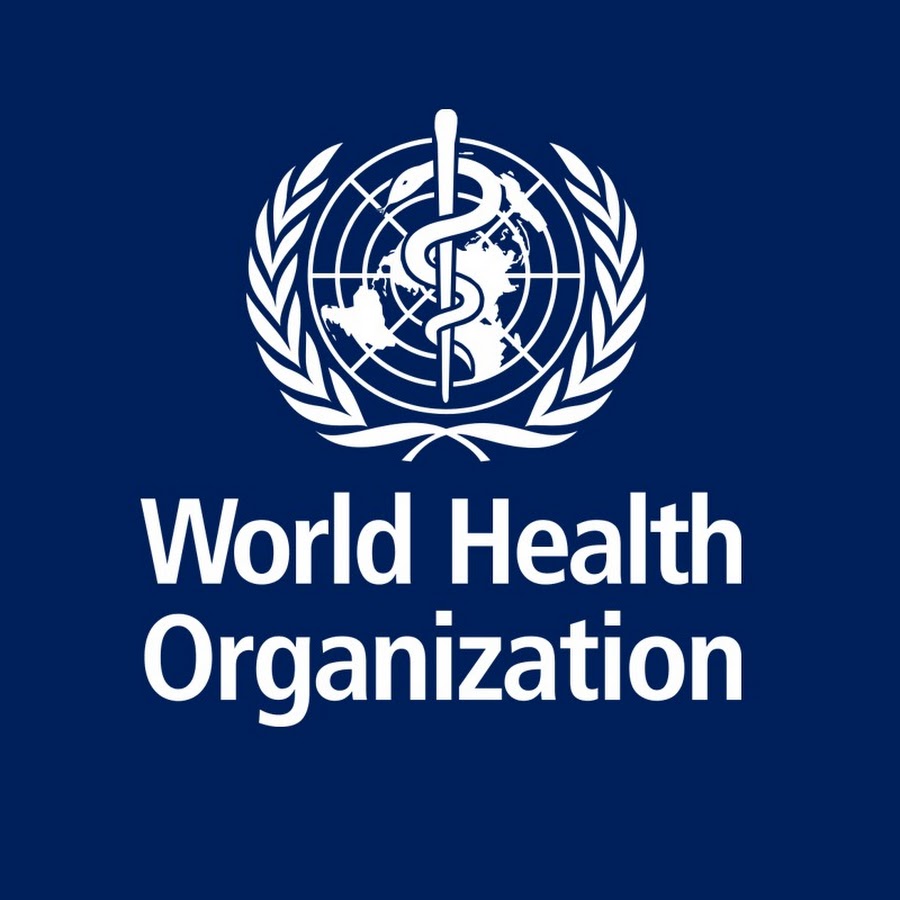More than 720,000 people die by suicide every year, with millions more attempting it, according to the World Health Organisation (WHO). On World Suicide Prevention Day 2025, WHO Director-General Dr. Tedros Ghebreyesus urged a global shift in narrative to tackle stigma, challenge harmful myths, and promote compassionate conversations around mental health.
Global Suicide Statistics (H2)
- Suicide is the third leading cause of death among people aged 15–29 globally.
- In 2021, the global suicide rate averaged 8.9 per 100,000 people.
- Africa recorded the highest regional rate at 11.5 per 100,000, followed by Europe and Southeast Asia at 10.1.
- Three-quarters of suicides occur in low- and middle-income countries.
Causes and Risk Factors (H2)
While suicide is strongly linked to mental health conditions such as depression and alcohol use disorder, WHO notes that many cases occur impulsively during crises, triggered by:
- Financial hardship
- Relationship conflicts
- Chronic pain or illness
- Exposure to violence, disaster, or loss
- Social isolation and discrimination
Vulnerable groups at higher risk include refugees, migrants, indigenous peoples, LGBTI persons, and prisoners.
WHO’s Call for Systemic Change (H2)
Dr. Tedros stressed the need to move “from silence to openness, from stigma to empathy, and from neglect to support.” He called on governments to:
- Prioritise investment in quality mental health care.
- Expand access to support services.
- Recognise mental health as a universal human right.
Currently, median government spending on mental health accounts for only 2% of health budgets, with huge disparities, high-income countries spend up to $65 per person, compared to just $0.04 in low-income countries.
WHO’s Suicide Prevention Strategy (H2)
Through its LIVE LIFE initiative, WHO recommends effective measures such as:
- Limiting access to suicide means (e.g., pesticides, firearms, certain medicines).
- Promoting responsible media reporting on suicide.
- Fostering socio-emotional skills in adolescents.
- Ensuring early identification, treatment, and follow-up care for at-risk individuals.

